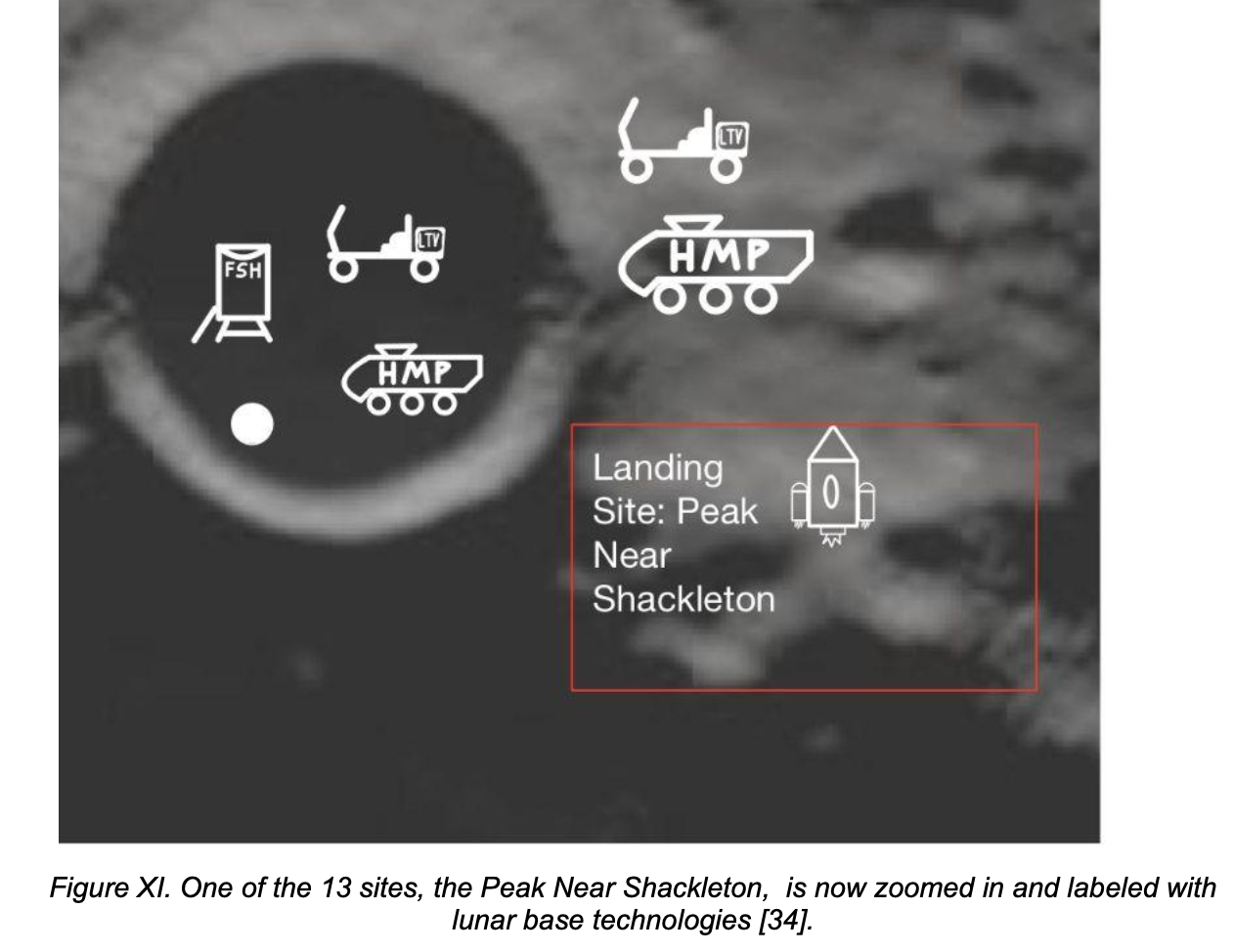Modest Proposals for a Lunar Base After 2024
Atmospheric, Nutritional, and Infrastructural Requirements and Proposals for a Lunar Base
DOI:
https://doi.org/10.58445/rars.25Keywords:
NASA, SpaceX, Moon ColonizationAbstract
As humanity’s natural inclination to explore pushes society to advance, NASA plans to land humans back on the Moon in 2024. A research base situated on the Moon will bring humanity into a new phase of interplanetary civilization. Such a project will generate new frontiers for exploration, economic opportunities, and inspire a new generation of scientifically minded people. A lunar base is proposed for construction after the completion of the Artemis III mission. Vital components required for supporting 100 permanent residents on the Moon include residence, transportation, satellites, and agriculture infrastructure. The south pole of the Moon is the location considered for this lunar base. The Foundational Surface Habitat, Lunar Terrain Vehicle, Habitable Mobility Platform (HMB), and Gateway Station are main technologies that will be used in the lunar base. In it, the atmosphere composition of a pressurized facility must be oxygen/nitrogen based on abundance and cost. Nitrogen is best sourced from Earth through nitrogen generators due to absence on the Moon, and oxygen is best sourced from cold ice traps on the south pole. Depending on the area of ice considered, available amounts for breathing varies from 240 years’ worth to 3.9 millions years’ worth of oxygen. The astronauts would receive food to meet a daily caloric requirement calculated per person based on biological measurements, and the World Health Organization (WHO) provides accurate mineral and vitamin intake information [4, 5]. The average required nutrients in calories for astronauts per male per day is 2968 kcal and per female per day is 2465.75 kcal. The base provides equipment and space such that astronauts can exercise at least 2 hours a day to counteract the weak gravity of the moon. Agriculture would employ hydroponics and aeroponics. Spinach, leek, and peas are recommended crops due to their high amounts of vital nutrients.

Downloads
Posted
Versions
- 2022-12-24 (4)
- 2022-12-24 (3)
- 2022-12-24 (2)
- 2022-10-13 (1)

